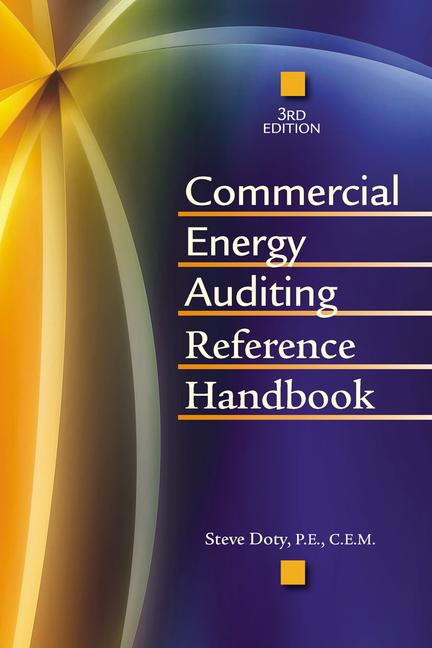Energy conservation has received a lot of attention in recent years, and I was wondering what qualifies a person to be an energy engineer. I was around for the first energy crisis in the 1970s, and back then, computer simulation of buildings was new to the HVAC industry. The results, however, proved to be enlightening and I was able to see how a building could potentially consume energy on a day-by-day and month-by-month basis.
I learned that at the end of the computer printout, you found some great energy data in Btuh/sq ft/yr total building consumption along with breakout values for heating, cooling, lighting, and equipment. You could also get a good sense of energy consumption on an hourly basis and see how much energy consumption was reduced using a building management strategy, as well as how energy was consumed based on the types of HVAC systems used in the software simulation. All in all, it was a great education for me as a design engineer.
A Shift in Responsibilities
Back then, as energy conservation demands grew, the energy consultant evolved, specializing in computer building system simulation. The design engineer abdicated his responsibility to the in-house energy engineer in the late 1970s and early 1980s. As this transfer of responsibilities progressed, I believe the design engineer lost touch with energy conservation and the “pulse” of how building systems consumed energy. At that time, many of the energy engineers were very computer literate but lacked design engineering experience.As a result, although energy simulations were produced showing what building systems could do for performance, how the actual sequence of operation was to operate didn’t necessarily get documented by the energy engineer, and/or this document didn’t get passed on to the design engineer. In turn, the building owner’s expectations for performance and utility bill reduction were often not met. There was a disconnect that continues today.
In the latest efforts to perform energy audits and implement energy retrocommissioning initiatives, it is clear that a definition of the skills necessary to be an energy engineer is needed.
Most design engineers today are preoccupied with getting their projects done on time and in budget (relative to their fees) and less on how efficient the building systems will actually function.
In sync with this issue are the energy engineers who don’t proactively monitor the systems in the warranty phase of the job. Like their designer counterparts, they, too, have moved on to the next project/opportunity.
Energy Engineering Qualifications
So how do we define the energy engineer for the next building audit? Here are my required skills that qualify an engineer to be an energy engineer, and the scope required to ensure the building owner that the results will be in line with the forecasted energy budget.- Understanding the features of a building energy computer simulation.
- Understand the application of hydraulic modeling software for air and water systems.
- Have a library of energy benchmarks in Btuh/sq ft/yr based on application and feedback from past projects.
- Advocate the need for an infrared scanning of the building envelope before auditing the inside.
- Advocate the need for an infrared scan of the building equipment and distribution inside.
- Have checklists of things to look for when touring a facility. (I like to call my list the “Looking for Elephants in the Room” checklist.)
- Be proficient in writing sequences of operation (if you can’t write a detailed sequence, you can’t achieve energy conservation).
- Have an occupant interview questionnaire.
- Be proficient in air and water balancing as well as retrocommissioning mechanical and electrical systems.
- Be proficient in monitoring, measuring, and benchmarking systems and utilities.
- Be proficient in getting the answers correct in the Back2Basics series (well, maybe this isn’t an essential qualification).



